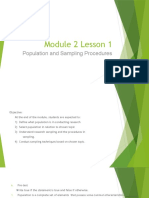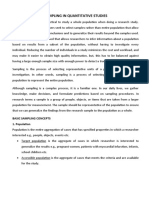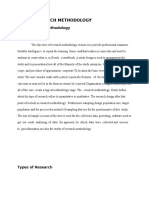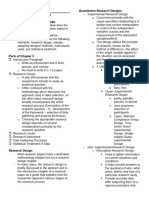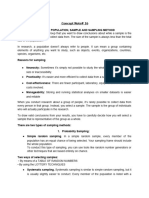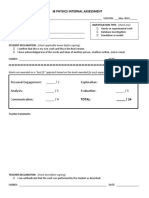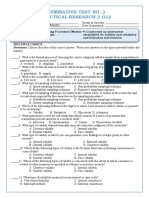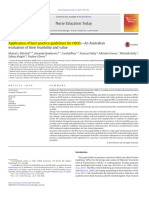0% found this document useful (0 votes)
8 views6 pagesNotability Notes 2
The document discusses the concept of sampling in research, defining key terms such as sample, population, and target population, and emphasizing the importance of representativeness in quantitative research. It outlines various sampling methods, including probability and non-probability techniques, and highlights the significance of sample size and power analysis in ensuring valid study results. Additionally, it explains concepts like acceptance rate, refusal rate, attrition rate, and retention rate, which are crucial for evaluating study participation.
Uploaded by
tadesawokilCopyright
© © All Rights Reserved
We take content rights seriously. If you suspect this is your content, claim it here.
Available Formats
Download as PDF, TXT or read online on Scribd
0% found this document useful (0 votes)
8 views6 pagesNotability Notes 2
The document discusses the concept of sampling in research, defining key terms such as sample, population, and target population, and emphasizing the importance of representativeness in quantitative research. It outlines various sampling methods, including probability and non-probability techniques, and highlights the significance of sample size and power analysis in ensuring valid study results. Additionally, it explains concepts like acceptance rate, refusal rate, attrition rate, and retention rate, which are crucial for evaluating study participation.
Uploaded by
tadesawokilCopyright
© © All Rights Reserved
We take content rights seriously. If you suspect this is your content, claim it here.
Available Formats
Download as PDF, TXT or read online on Scribd
/ 6
